Table of Contents
When most people think of Japan, they may conjure up images of neon-lit cities, ancient temples, and cutting-edge technology. However, what many do not know is that Japan is also home to some of the world’s best-kept scuba diving secrets. From the tropical waters of Okinawa to the cold waters of the north, Japan boasts a diverse range of underwater environments that are teeming with marine life. We are uncovering Japan’s hidden underwater world and showcasing the top scuba diving spots that are waiting for you to explore. So, grab your fins and dive into Japan’s best-kept secret scuba diving paradises.
Why Japan is a Scuba Diving Haven
Japan’s unique geographical location, situated on the Pacific Ring of Fire, gives it an unparalleled diversity of marine life. The country’s waters are home to over 7,000 species of fish, making it a haven for scuba divers seeking to explore vibrant coral reefs, underwater caves, and shipwrecks. The warm, tropical waters of Okinawa, located in the southern part of Japan, provide an ideal environment for diving and are home to a wide range of colorful fish and other marine creatures. In contrast, the colder waters of the north offer a chance to dive with larger marine mammals, such as seals and whales.
Japan’s Diverse Scuba Diving Environments
Japan’s strict marine conservation laws have also contributed to its reputation as a scuba diving haven. The country has implemented rigorous measures to protect its marine environment, such as prohibiting fishing in certain areas and implementing rules on the disposal of waste. As a result, Japan’s underwater world remains pristine and thriving, providing a haven for marine life and divers alike.
In addition, Japan’s different diving environments make it possible for divers of all levels to explore the country’s underwater world. Whether you’re a beginner or an experienced diver, there’s something for everyone. The calm, warm waters of Okinawa provide an ideal environment for beginners, while the colder waters of the north offer more challenging dives for experienced divers.
Whether you’re a seasoned diver or just starting, Japan’s underwater world offers a chance to discover some of the world’s best-kept scuba diving secrets.
Top Scuba Diving Spots in Japan
Okinawa: A Tropical Paradise for Scuba Diving
Are you ready to discover Japan’s tropical paradise? Okinawa is a scuba diving destination that offers warm waters, crystal-clear visibility, and an abundance of marine life. Its coral reefs, underwater caves, and vibrant fish species make it a paradise for divers. The best time to visit Okinawa is from June to October when water temperatures reach a comfortable 27°C. Diving conditions are generally calm and suitable for beginners, but experienced divers can also find challenging spots such as the Blue Cave.
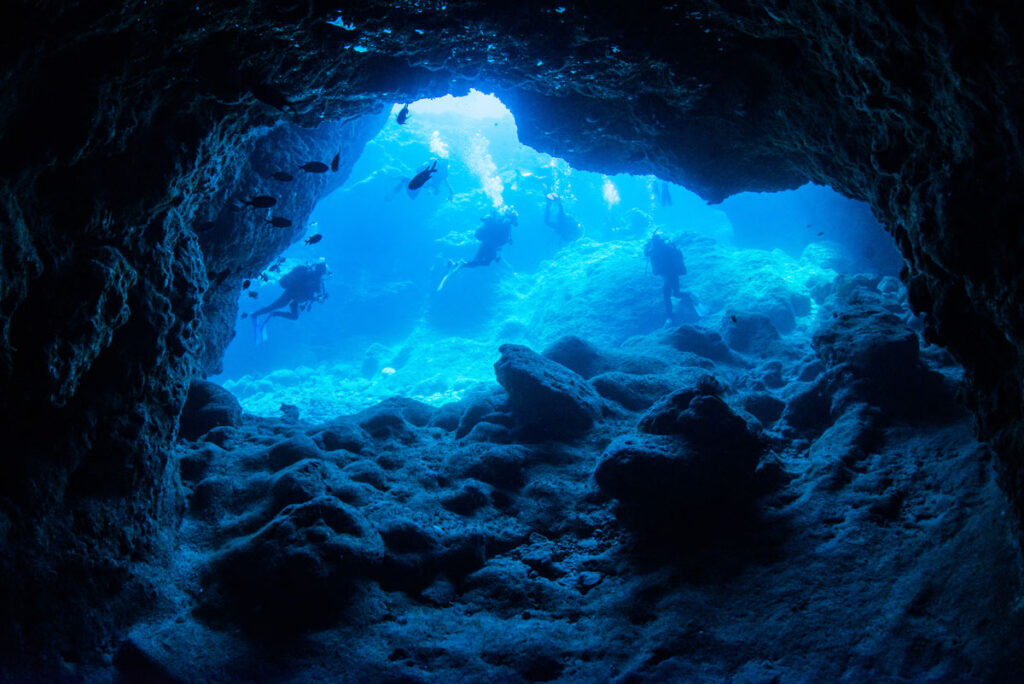
Izu Peninsula: An Underwater Playground for Experienced Divers
If you’re an experienced diver seeking a challenge, then the Izu Peninsula is the place for you. With deep waters and strong currents, this destination is not for the faint-hearted. However, its underwater playground of shipwrecks, walls, and rock formations makes it a thrilling destination for experienced divers. The best time to visit is from June to October when water temperatures reach around 20°C. Diving conditions can be challenging, so make sure to bring the right equipment and prepare yourself for strong currents.
Ogasawara Islands: A World Heritage Site with Unparalleled Marine Life
The Ogasawara Islands, a UNESCO World Heritage Site, offer a chance to dive into a world of unparalleled marine life. Located about 1,000 kilometers south of Tokyo, these remote islands offer crystal-clear waters, colorful coral reefs, and a chance to see rare marine species such as hammerhead sharks and giant manta rays. The best time to visit is from May to November when water temperatures reach a comfortable 27°C. Diving conditions can vary, so make sure to check with your diving operator and bring the appropriate equipment.

Yonaguni Island: A Mysterious Destination for Advanced Divers
Yonaguni Island, located at the westernmost tip of Japan, is a destination shrouded in mystery. It’s known for its unique underwater rock formations, including the mysterious Yonaguni Monument. This destination is suitable for advanced divers due to its strong currents and unpredictable diving conditions. The best time to visit is from April to June or October to November when water temperatures range from 24-27°C. Make sure to bring the appropriate equipment and be prepared for challenging dives.
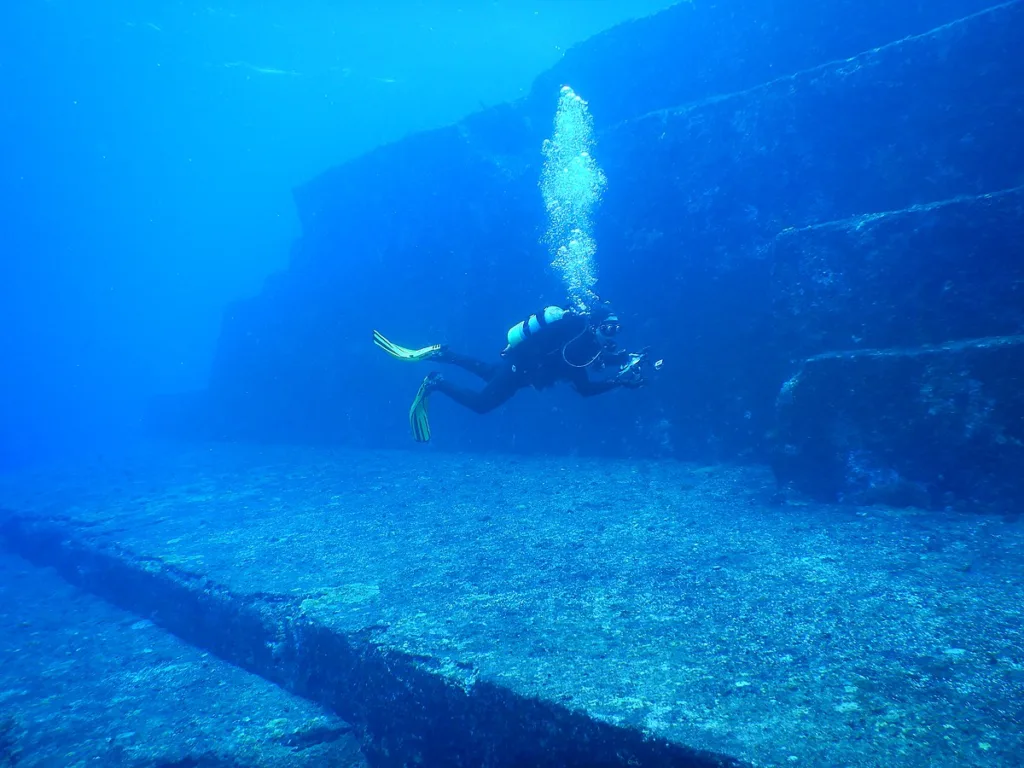
Ishigaki Island: Exploring the Best Dive Sites
Ishigaki Island, located in Okinawa, is known for its beautiful coral reefs and crystal-clear waters. Divers can explore the island’s numerous dive sites, which are home to a variety of marine life, including sea turtles, manta rays, and reef sharks. One of the most popular dive sites on the island is Manta Scramble, where divers can encounter numerous manta rays in their natural habitat.
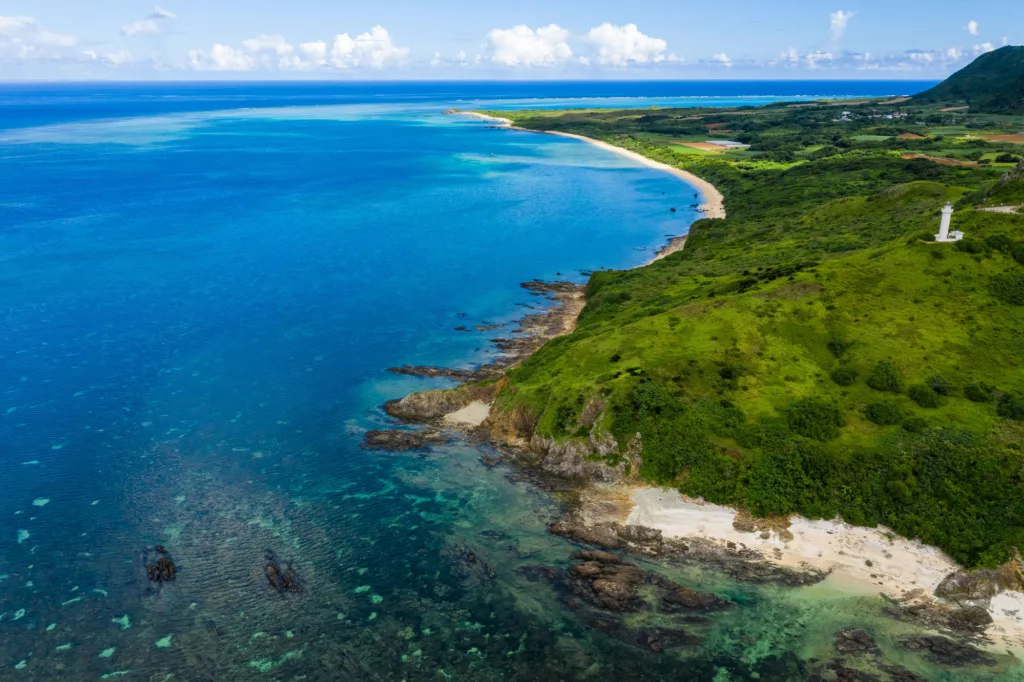
Osezaki: Admiring Spectacular Underwater Rock Formations
Osezaki, located on the east coast of the Izu Peninsula, is known for its spectacular underwater rock formations and abundant marine life. Divers can explore the numerous canyons, swim-throughs, and overhangs that dot the seafloor, which is home to a variety of fish species, including lionfish, angelfish, and pufferfish. The area is also known for its strong currents, making it an ideal spot for advanced divers.
Kerama Islands: Discovering Japan’s Best Diving Opportunities
The Kerama Islands, located in Okinawa, are a group of over 20 small islands that offer some of Japan’s best diving opportunities. With their crystal-clear waters and diverse marine life, the islands are home to numerous dive sites, including some of the best spots for spotting sea turtles in their natural habitat. The islands are also known for their coral reefs, which are some of the healthiest in Japan.

What wildlife you can see while scuba diving in Japan?
Giant Pacific Octopus: Masters of Disguise
One of the most fascinating marine animals found in Japan is the giant Pacific octopus. These elusive creatures can be found in rocky crevices and caves throughout Japan’s coastal waters. With their eight arms and highly intelligent brains, these octopuses are incredible to observe. They are also masters of disguise, able to change their skin color and texture to blend in with their surroundings.
Manta Rays: A Spectacle to Behold
Another amazing animal to see while scuba diving in Japan is the manta ray. You can see these majestic creatures often gliding effortlessly through the water in search of plankton. They can grow up to 6 meters wide and have a unique pattern of spots on their undersides, making each manta ray easily identifiable. Diving with these gentle giants is a truly unforgettable experience.
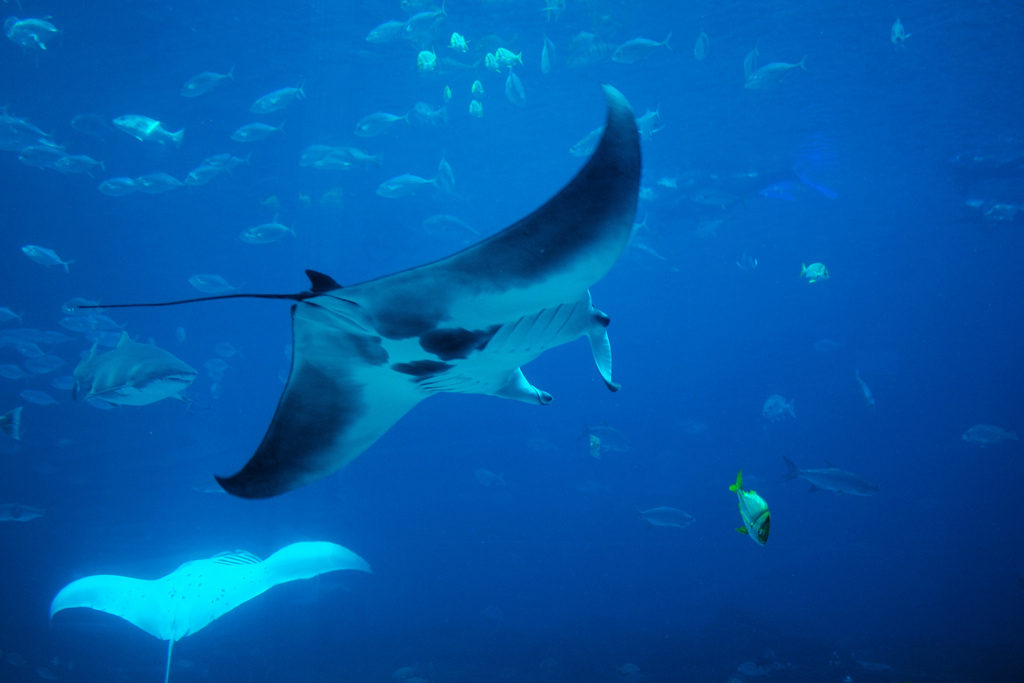
Hammerhead Sharks: Unforgettable Encounters
Japan is one of the few places in the world where divers can observe hammerhead sharks in their natural habitat. You can find these iconic sharks in deeper waters, and divers can often see them schooling in large numbers during the winter months. Some of the best locations for hammerhead shark diving in Japan include Yonaguni Island and the Ogasawara Islands.
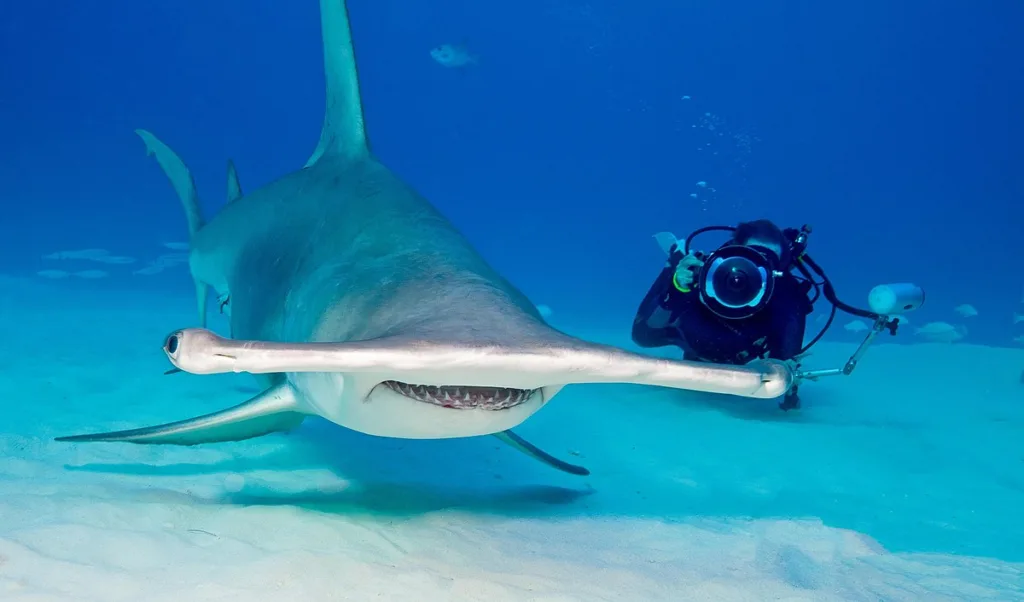
Whale Sharks: Dive with the gentle giants of the ocean in Okinawa
The majestic whale shark, the world’s largest fish, can be seen in the waters around Okinawa during the summer months. These gentle giants can grow up to 12 meters long and feed on plankton, making them completely harmless to humans. Swimming alongside a whale shark is an awe-inspiring experience that every diver should have.
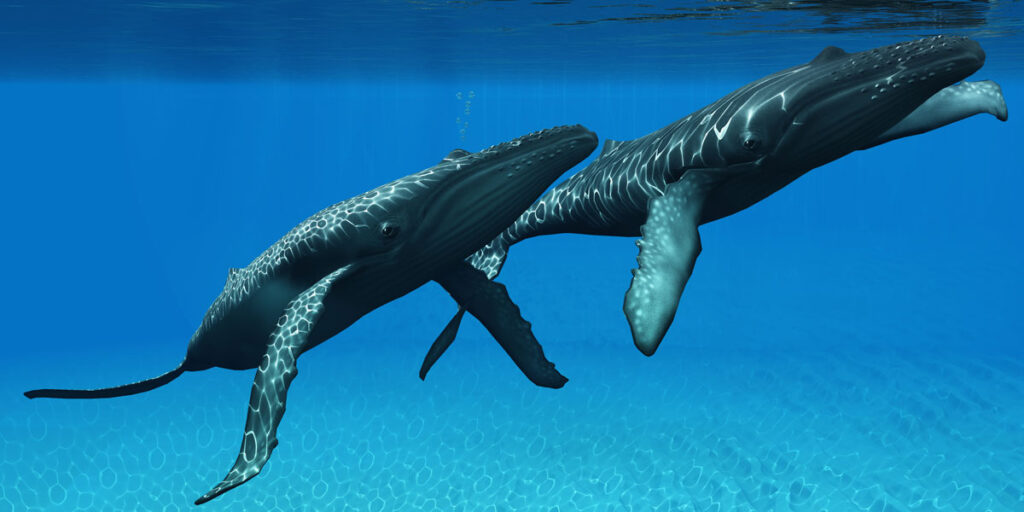
Sea Turtles: Swim alongside Japan’s peaceful and ancient sea creatures
Japan’s waters are home to several species of sea turtles, including the loggerhead and green turtle. You can see these gentle creatures swimming peacefully through the water or resting on the seafloor. Seeing a sea turtle up close while diving is a truly magical experience.
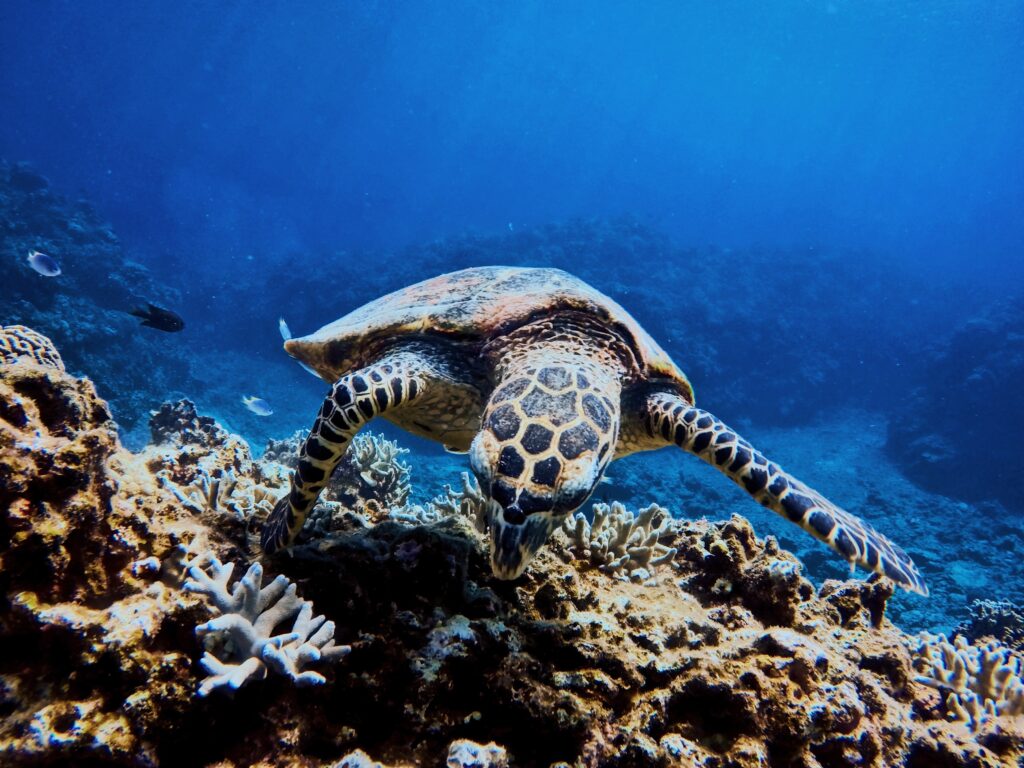
Lionfish: Witness the striking beauty of these venomous underwater predators
Lionfish are some of the most striking creatures found in Japan’s waters. These colorful fish are known for their ornate fins and venomous spines. While they can be dangerous if provoked, lionfish are generally harmless to humans and are a favorite among underwater photographers.
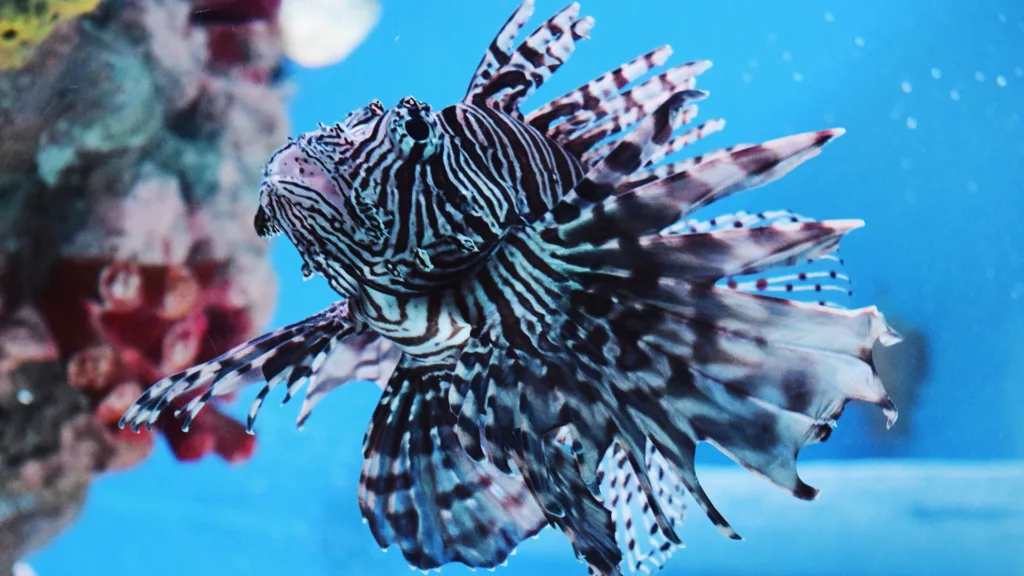
Nudibranchs: Discover the colorful world of Japan’s ornate sea slugs
Nudibranchs, also known as sea slugs, are some of the most colorful creatures found in Japan’s waters. With their bright colors and ornate patterns, these tiny creatures are a favorite among macro photographers. There are hundreds of different species of nudibranchs found in Japan, each with their own unique appearance.
Reef Sharks: Brave the thrill of diving with sleek predators of the sea
Japan’s waters are home to several species of reef sharks, including the white-tip and black-tip reef sharks. You can find these sleek predators patrolling the seafloor, and while they may look intimidating, they are generally harmless to humans. Seeing a reef shark up close while diving is an unforgettable experience.
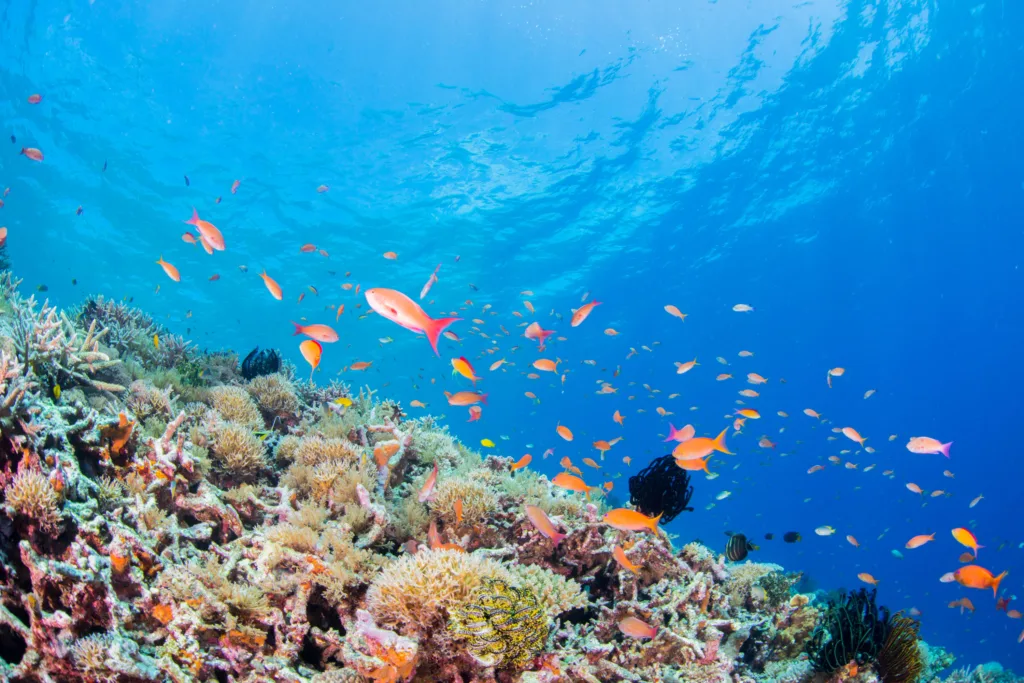
Diving Culture in Japan
Respecting the marine environment and marine life is of utmost importance in Japan’s diving culture. This respect is reflected in Japan’s strict marine conservation laws, which make sure that marine life is protected and thriving. In addition to following these laws, Japanese divers also make it a priority to pick up any trash they find in the ocean and leave the marine environment better than they found it. This level of respect for the environment ensures that Japan’s underwater world remains pristine and thriving.
Diving in Japan also has some interesting cultural aspects that make it a unique experience. One example is the Manta Scramble in Okinawa, where divers gather in a circle and stir up the water to attract manta rays. This event is not only a chance to see these majestic creatures up close but also a way to connect with fellow divers and appreciate the marine environment. Another interesting aspect of diving in Japan is the use of a “diving flag,” a small flag that is carried by a diver to indicate their position in the water. This flag is a way to ensure that other boats and divers are aware of their presence and avoid any accidents.
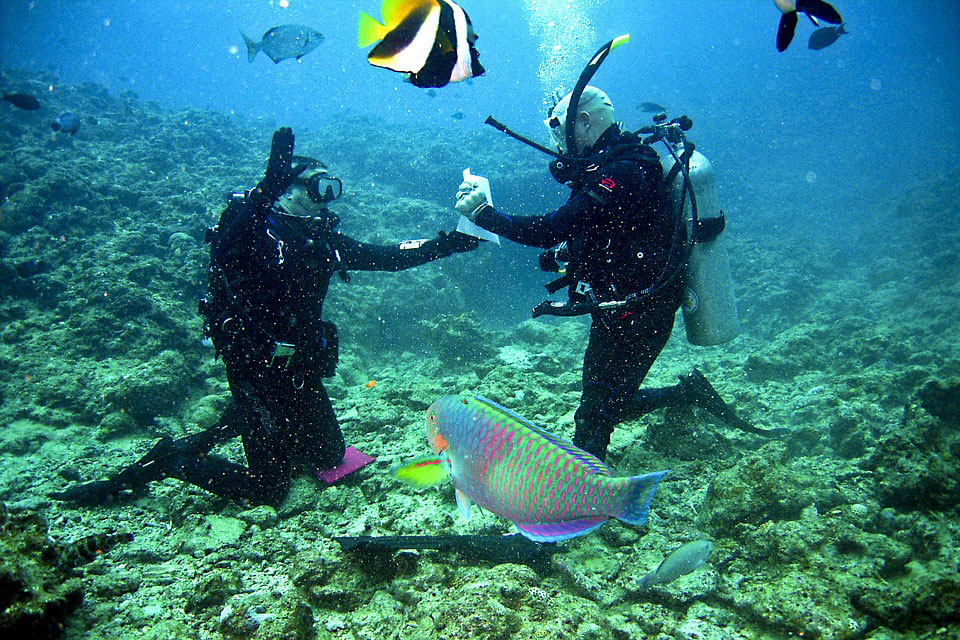
Tips for Scuba Diving in Japan
When planning a scuba diving trip to Japan, there are some practical things to consider to ensure a safe and enjoyable experience. First and foremost, it’s important to get certified before the trip and make sure to bring all necessary dive documents. It’s also essential to choose the right gear, taking into account the water temperature and diving environment. Since some of the dive sites in Japan can have strong currents, we recommend bringing a safety sausage and a whistle as well. Lastly, selecting the right dive operator can make a big difference. It’s important to do some research and choose a reputable operator with experienced dive instructors who speak English.
While Japan is a fascinating country to visit, the language barrier can be a challenge for non-Japanese speakers. However, there are ways to overcome it and enjoy a scuba diving trip to Japan. One option is to hire a bilingual guide or a dive operator who can assist with translation and communication. This can be particularly helpful in remote areas or when dealing with local authorities. Another way to overcome the language barrier is to learn some basic Japanese phrases. Even simple greetings and expressions can go a long way in building rapport and showing respect. In any case, it’s important to approach the language barrier with an open mind and a willingness to learn and communicate.
Recommended gear for scuba diving
You can rent their scuba diving equipment such as BCD, and regulator, but here are some gear we recommend you have:
- Dive Mask: A high-quality dive mask is essential for scuba diving. It should fit comfortably on your face, seal tightly around your nose, and provide a clear view of your surroundings.
- Snorkel: A snorkel allows you to breathe on the surface without having to remove your regulator. It is useful for swimming back to the boat or shore after a dive.
- Wetsuit: A wetsuit keeps you warm while diving and protects you from the sun, marine life, and sharp objects. The thickness of the wetsuit will depend on the water temperature you will be diving in.
- Fins: Fins help you swim through the water more efficiently, conserve energy, and move more quickly.





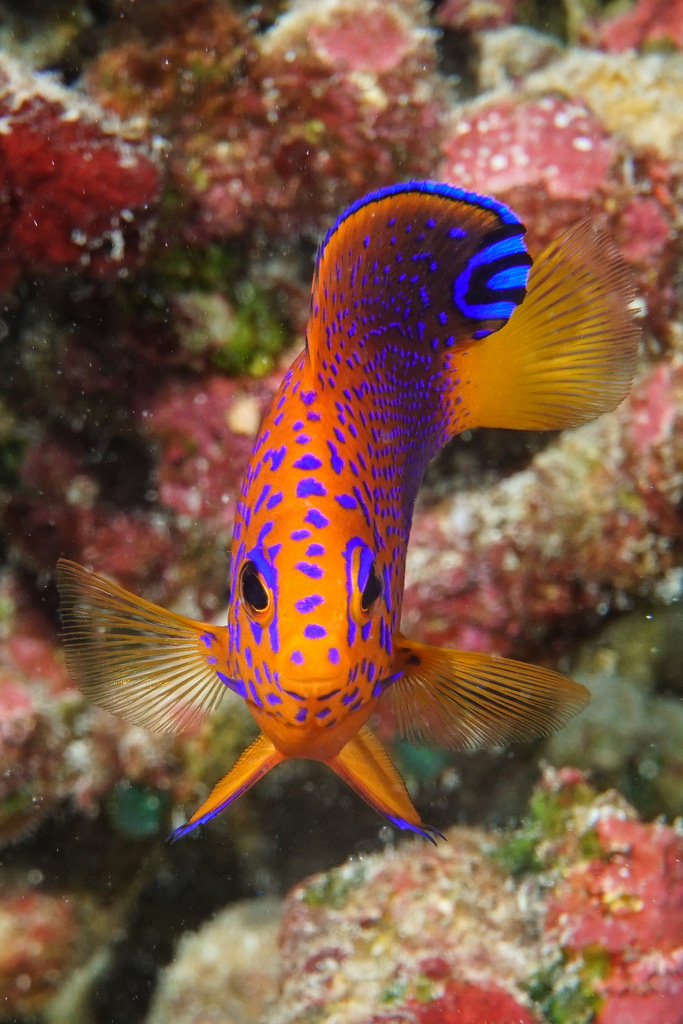
Discover the Thrills of Scuba Diving in Japan
As you can see, Japan has much more to offer than just its bustling cities and rich cultural heritage. Its underwater world is a hidden gem waiting for you to explore. From the vibrant coral reefs in Okinawa to the haunting shipwrecks in Ogasawara, Japan’s scuba diving paradises are sure to leave you in awe. So, what are you waiting for? Start planning your next adventure trip to Japan and discover its best-kept secret. Don’t forget to share this article with your fellow divers and spread the word about Japan’s amazing underwater world. Happy diving!
